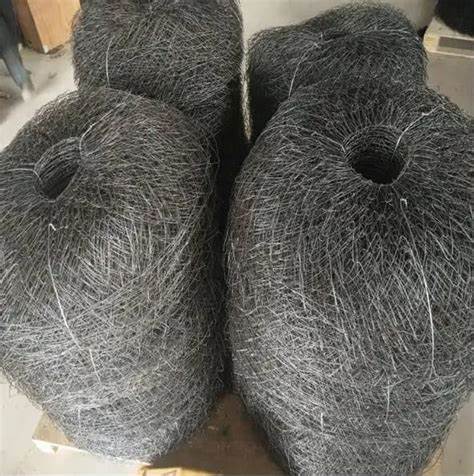
- Mobile Phone
- +8613931874955
- sales@cntcmetal.com
ladder type horizontal joint reinforcement
Ladder Type Horizontal Joint Reinforcement An Overview
In modern construction, reinforcement techniques play a crucial role in enhancing the structural integrity of buildings and other infrastructures. Among various reinforcement systems, the ladder type horizontal joint reinforcement has gained prominence due to its effectiveness in distributing tensile forces and improving the overall durability of masonry walls. This article explores the concept, applications, and benefits of ladder type horizontal joint reinforcement.
Understanding Ladder Type Horizontal Joint Reinforcement
Ladder type horizontal joint reinforcement consists of horizontal bars, typically made of steel, connected by vertical wires that resemble the rungs of a ladder. This configuration is embedded within the mortar joints of masonry walls during construction, providing significant tensile strength to the structure. The horizontal bars serve to resist lateral forces, such as wind or seismic loads, while the vertical connections maintain the structural integrity of the reinforcement system.
This type of reinforcement is primarily used in brick and block masonry, where the susceptibility to cracking under tensile stresses is a concern. By integrating ladder type reinforcement, engineers can enhance the performance of masonry walls, making them more resilient to various stresses.
Applications in Construction
Ladder type horizontal joint reinforcement is commonly applied in various construction scenarios. For instance, it is widely used in residential and commercial buildings where masonry walls are employed. Its application is particularly beneficial in areas prone to earthquakes or high winds, as it helps mitigate the risk of structural failure.
Furthermore, this reinforcement is also utilized in retaining walls, parapet walls, and other vertical structures that require rigidity against lateral forces. Engineers often recommend it for use in walls supporting heavy loads or subjected to significant environmental stressors. The integration of ladder reinforcement can be crucial in ensuring compliance with building codes and safety regulations.
ladder type horizontal joint reinforcement

Benefits of Ladder Type Horizontal Joint Reinforcement
1. Enhanced Structural Integrity One of the primary benefits of ladder type horizontal joint reinforcement is its ability to improve the overall strength and stability of masonry walls. By providing effective tensile reinforcement, it minimizes the risk of cracking and structural failure.
2. Cost-Effective Solution Compared to other reinforcement methods, ladder type horizontal joint reinforcement is relatively cost-effective. Its straightforward installation process reduces labor costs, while the durability it adds to structures can lead to long-term savings by minimizing repair and maintenance needs.
3. Ease of Installation The installation of ladder type reinforcement is generally easy and quick, as it can be integrated seamlessly during the masonry laying process. This makes it a practical choice for construction sites where time efficiency is crucial.
4. Reduced Weight Unlike some other reinforcement systems, ladder type joint reinforcement is lightweight, which can reduce the overall weight of the building structure. This can contribute to easier handling and reduced material costs during construction.
5. Aesthetic Flexibility The reinforcement can be embedded within the masonry joints, allowing for a clean and aesthetically pleasing finish. This aspect is particularly important in residential and commercial buildings where visual appeal matters.
Conclusion
In summary, ladder type horizontal joint reinforcement offers a robust solution for enhancing the structural integrity of masonry walls. Its ability to distribute tensile forces and its ease of installation make it a preferred choice in many construction projects. As construction technology continues to evolve, the ladder type reinforcement system stands out as a reliable and effective method to ensure the safety and longevity of buildings. By integrating such reinforcement techniques, builders can achieve greater resilience against environmental stresses, ultimately contributing to safer and more durable structures.
share:
-
Your Source for Concrete Wall Ties and Masonry AccessoriesNewsJul.10,2025
-
Unlocking the Power of Iron Wire for Every ProjectNewsJul.10,2025
-
Explore Advanced Chain Wire and Stainless Steel Mesh FencingNewsJul.10,2025
-
Discover the Benefits of Annealed Wire ProductsNewsJul.10,2025
-
Discover China Stainless Steel Wire Mesh SolutionsNewsJul.10,2025
-
Build with Confidence Using High-Performance Masonry AccessoriesNewsJul.10,2025
-
Why Sacrificial Formwork Is Redefining Underground ConstructionNewsJun.06,2025



















